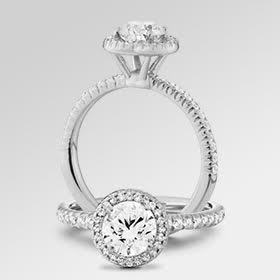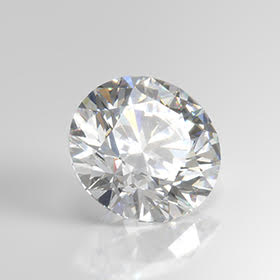Once a scientific curiosity, lab grown diamonds have evolved into a thriving industry and a top choice for ethically conscious consumers. As demand for eco-friendly, conflict-free, and affordable luxury continues to rise, these man-made diamonds are quickly taking center stage in the fine jewelry world—especially in the USA.
In this post, we’ll walk you through the fascinating history of lab grown diamonds, from early experiments to becoming the future of jewelry.
The Beginning: A Dream to Replicate Nature
The journey of lab grown diamonds began in the mid-20th century. Scientists and engineers were intrigued by the idea of creating diamonds above ground—without the geological timelines or environmental costs of mining.
The first successful man-made diamond was created in 1954 by General Electric using the HPHT (High Pressure, High Temperature) method. However, these early diamonds were only suitable for industrial use, not jewelry.
The 1980s–1990s: Progress in Precision
By the 1980s and 90s, lab diamond technology advanced significantly. Companies like De Beers and Sumitomo began developing clearer and more gem-quality diamonds using HPHT techniques.
During this time, the Chemical Vapor Deposition (CVD) method emerged, offering greater control and efficiency. While diamonds were still mostly industrial, the idea of lab grown diamond jewelry was becoming increasingly viable.
Early 2000s: Entering the Jewelry Market
The early 2000s marked a turning point. Lab-grown diamonds started appearing in the jewelry market with the rise of eco-conscious and socially aware consumers. Certification labs like IGI and GIA began recognizing and grading lab diamonds, further legitimizing the market.
By now, the technology had advanced enough to produce gem-quality lab grown diamonds indistinguishable from mined ones—except for their origin.
2010s: Ethical and Environmental Awareness Grows
In the 2010s, the world began paying closer attention to issues like conflict diamonds, unethical mining practices, and environmental degradation. This shift drove a new wave of interest in lab grown diamonds in the USA and globally.
Retailers like New World Diamonds emerged as leaders in offering sustainable, affordable, and stunning lab grown diamond jewelry, helping the industry go from niche to mainstream.
Today: Lab Grown Diamonds Go Mainstream
Today, lab grown diamonds are no longer an alternative—they’re a leading option. Celebrities wear them, engagement ring buyers prefer them, and even traditional jewelers now carry them. Demand in the USA has exploded due to:
-
Lower cost (30–50% less than mined diamonds)
-
Guaranteed ethical sourcing
-
Environmentally conscious production
-
Unmatched sparkle and beauty
At New World Diamonds, we offer a wide selection of the best lab grown diamonds for rings, earrings, necklaces, and more—certified and crafted to perfection.
The Future Is Bright—and Lab-Grown
From humble scientific experiments to a booming billion-dollar industry, the story of lab grown diamonds is a testament to innovation, sustainability, and consumer empowerment.
As technology continues to evolve, so will the quality and accessibility of man-made diamonds, making them the preferred choice for generations to come.
Shop Ethical Luxury:
Explore our best-selling lab grown diamond jewelry and make a meaningful, modern statement with your next piece.









